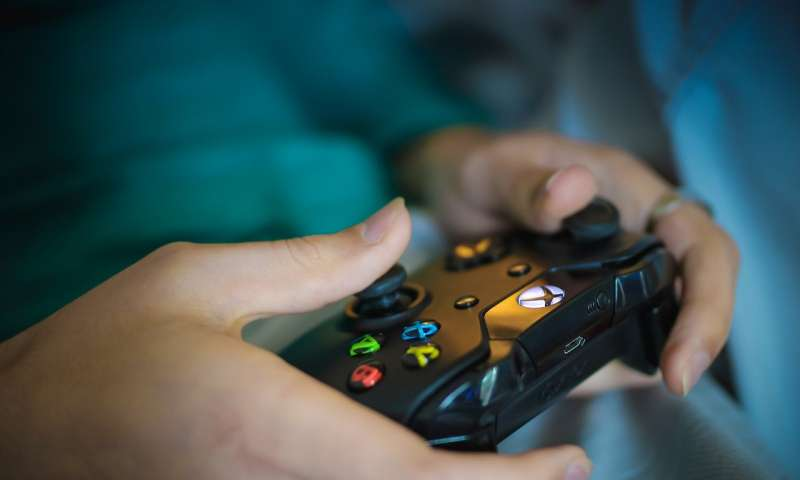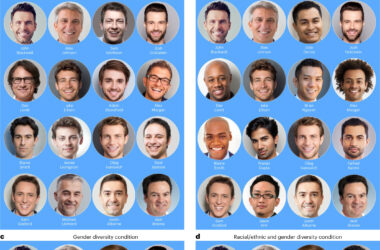After another record-breaking year for revenue and involvement in the industry, it is clear that video games are an increasingly large part of North American culture. Despite a wide acceptance of video games across all demographics, the majority of players are still children and young adults.
Gaming’s young demographic is concerning to some, as over half of Canadian youth fail to meet the federal government’s sedentary behaviour guidelines. According to Health Canada, extended periods of sitting to watch TV or play video games are primary causes of inactivity in youth. This leads many parents to assume that avoiding sedentary activities such as gaming is best for their child’s physical health.
Despite health consequences of excessive gaming, such as poor posture and weight gain, physical exercise and video games have an important link. In a study published late last month in the journal Medicine & Science in Sports & Exercise, a group of McGill researchers demonstrated that physical exercise before a session of League of Legends improved performance at a specific, highly mechanical task.
Marc Roig, Associate Professor in the School of Physical & Occupational Therapy at McGill and senior author of the article, was quick to credit his students in The McGill Memory Lab.
“The idea came from my students,” Roig said in an interview with The McGill Tribune. “They are familiar with [League of Legends] and were able to come up with an easily quantifiable task [.…] It gets around the fact that most research games are boring.”
The task chosen would be familiar to any League of Legends player, a community that contained an estimated 100 million monthly players worldwide at its peak. To help win the game, characters deal the final blow to enemy minions in a move known as ‘last-hitting.’ Even without enemy players, the act of last-hitting is difficult.
To normalize for player familiarity, the unpopular character Soraka was selected for all participants to play. Since all the characters in League of Legends have different attacks, playing a new character for the first time is often a challenge. The study’s participants also varied in League of Legends rank, a measure of a player’s skill.
Having developed a quantifiable and difficult video game task, the team was then able to formulate their exercise regime.
“We wanted [the participants to do] something short and sweet but not super fatiguing,” Roig said. “Three minute intervals of intense exercise and then rest for a total of nine minutes.”
On two different days, participants either had a period of rest or exercise before their video game session. The results were clear: Individual performances in the game sessions that followed exercise were more successful.
The success of this experiment has left Roig and his team hopeful that they can expand their research by looking more closely at exact motor functions and skills. While it may be difficult, one clear way forward is to create an interesting and fun video game designed specifically for research. Roig suggested that such a platform could be integrated into other research projects at the Memory Lab such as experiments on Parkinson’s disease.
Roig is also optimistic that the main takeaway of the team’s research will have a positive impact on young people.
“You can combine exercise and video games,” Roig said. “A lot of people think they are opposed, but really, we are failing our younger generations. The hope of this paper is to show parents and younger people that you can improve at both simultaneously.”









